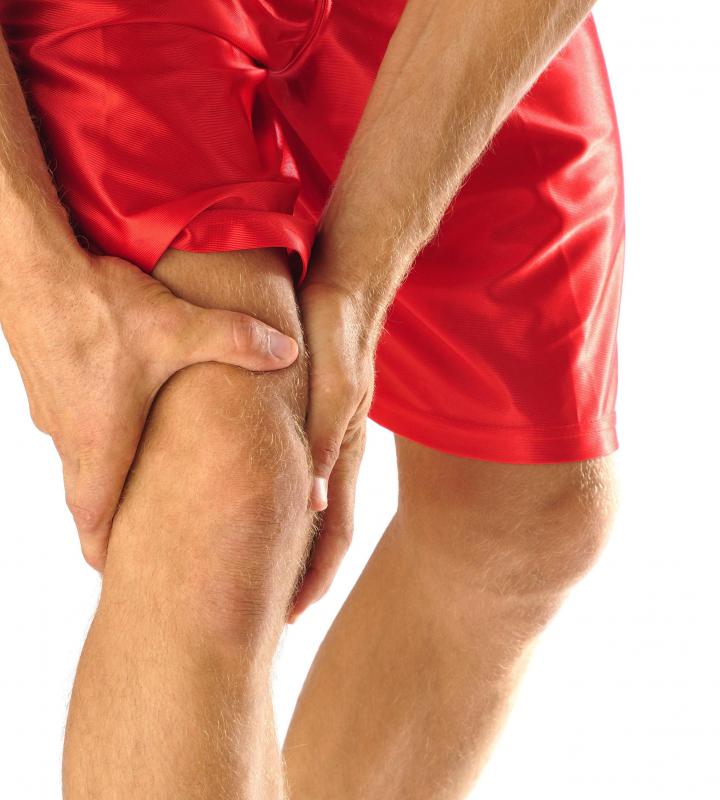At WiseGEEK, we're committed to delivering accurate, trustworthy information. Our expert-authored content is rigorously fact-checked and sourced from credible authorities. Discover how we uphold the highest standards in providing you with reliable knowledge.
What is the Connection Between Fibromyalgia and Joint Pain?
Joint pain is common with fibromyalgia, a syndrome that is defined by all-over muscle and joint pain. The pain is believed to be connected to sensory malfunctions in the brain. Fibromyalgia is a mysterious disease, and the causes for all of the symptoms are not fully known. A diagnosis of fibromyalgia often comes when other diseases are ruled out, but symptoms of all-over body aches and pain, fatigue, anxiety, depression and sleep problems are present.
Generally, the combination of fibromyalgia and joint pain is most common in women. Fibromyalgia can be diagnosed at virtually any stage of a woman’s life. The combination of fibromyalgia and joint pain, however, is likely to become more of a problem as a woman ages.
Fibromyalgia and joint pain symptoms can first appear after an injury or illness. This can happen suddenly with an athletic injury. It also can happen over time, through repetitive motion that can happen during sports or certain kinds of work.

Fibromyalgia and joint pain tend to be most severe in the morning, with stiffness and decreased mobility typically experienced. Joint pain alone usually is not enough for a diagnosis of fibromyalgia, however. Joint pain also can be related to variety of other conditions, such as rheumatoid arthritis.
Some people who have joint pain do not meet the criteria for a fibromyalgia diagnosis. For example, the joint pain might result from hyper-flexible joints. This extreme flexibility often occurs in the fingers, wrists, elbows and knees. It is defined by the ability to easily move the joints beyond their normal range of movement.

Overall, people who have fibromyalgia generally have a lower pain threshold. This means that fibromyalgia and joint pain can seem more severe than they might seem to someone who does not have fibromyalgia. There also appears to be a correlation between extremely high stress levels and fibromyalgia pain. Those who have lower stress levels tend to have less pain.
Fibromyalgia and joint pain can range from mild to severe. When symptoms of fibromyalgia are severe, some patients have trouble functioning in daily life. Sometimes the pain is so severe that fibromyalgia sufferers are unable to work.
Treatment for fibromyalgia and joint pain can vary by patient. Anti-inflammatory drugs without steroids are often used to reduce the swelling and pain. This approach is generally preferred to steroids, because it carries fewer health risks.
A holistic approach also can reduce symptoms of fibromyalgia and joint pain. Certain foods are believed to help lessen the symptoms. By contrast, some foods and chemicals added to food are believed to worsen fibromyalgia symptoms.
AS FEATURED ON:
AS FEATURED ON:














Discuss this Article
Post your comments